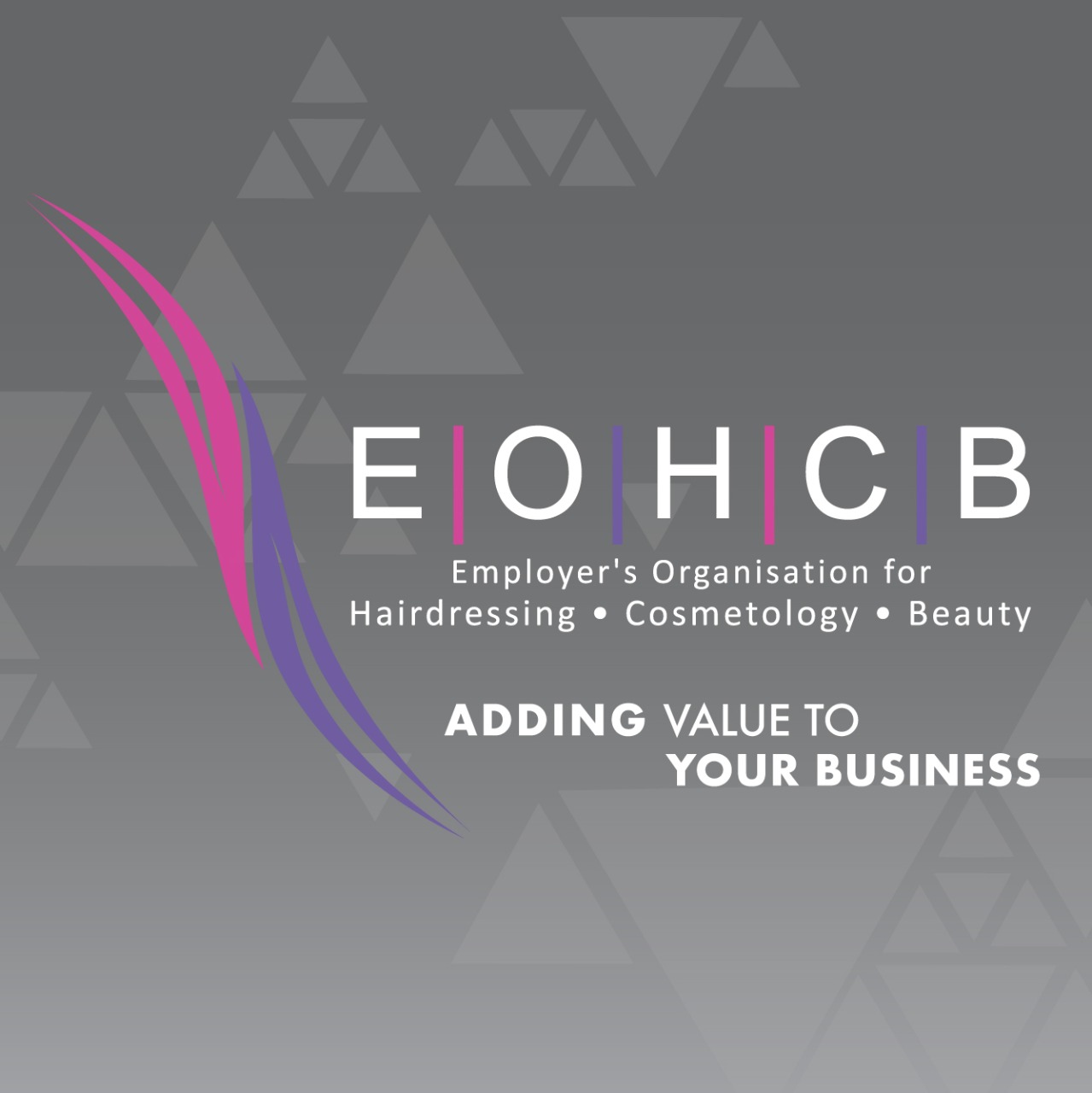MATERNITY RIGHTS IN THE BEAUTY SECTOR: WHAT EMPLOYERS MUST PROVIDE
- EOHCB National

- Jun 12
- 4 min read

In the beauty industry - where the majority of the workforce is made up of women, many of whom work on non-traditional or informal contracts—understanding maternity rights is essential. These rights are protected by labour legislation and industry-specific agreements, which outline what both employers and employees are entitled to during this important time. Below, we break down the key maternity provisions that apply in our industry, including maternity leave, UIF benefits, job security, and annual leave.
Maternity Leave in the Beauty Sector
The Main Collective Agreement, which governs employment standards in the beauty industry, provides the following clear directive:
21.2 Maternity Leave
21.2.1 No Employer may require or permit any female Employee to work during the period commencing 4 (four) weeks prior to the expected date of birth and ending 13 (thirteen) weeks after the date of birth ("maternity leave").
21.2.2 An Employer shall:
– not be obliged to pay an Employee during maternity leave;
– be obliged to allow an Employee to resume her employment if she reports for duty no later than 13 weeks after the date of birth.
21.2.3 No Employee may resume her employment prior to 6 (six) weeks after the birth of her child, unless a medical practitioner or midwife certifies that she is fit to do so.
This clause confirms that employees are entitled to four months of unpaid maternity leave. Employers are not required to pay salaries during this time, but they must keep the position open and allow the employee to return if she resumes work within 13 weeks of giving birth. A woman may not return to work for at least six weeks post-birth, unless medically cleared.
Claiming Maternity Benefits from the UIF
Although employers aren’t obliged to provide paid maternity leave, workers in the beauty sector can apply for maternity benefits through the Unemployment Insurance Fund (UIF).
Here’s how it works:
Maternity leave can begin as early as four weeks before the expected due date, or earlier with a doctor’s note.
UIF benefits are paid for a maximum of 121 days (around four months).
The benefit amount is calculated on a sliding scale between 38% and 58% of the employee’s salary.
If an employee has a miscarriage or gives birth to a stillborn child during the third trimester, she is entitled to six weeks’ maternity leave and UIF benefits.
To apply, employees must submit the following documents at their nearest Department of Labour office (or send a proxy):
Form UI-2.3 (application form)
Form UI-2.7 (completed by employer)
Form UI-2.8 (for banking details)
Form UI-4 (for follow-up payments)
A medical certificate or birth certificate
Applications must be submitted within 12 months of childbirth.
Additional Maternity Benefits Through the Sick Pay Fund of the National Bargaining Council for Hairdressing, Cosmetology, Beauty, and Skincare Industry
For employees in the industry who are registered with the Bargaining Council and have been contributing members to the Sick Pay Fund for at least 12 months, there’s an additional layer of support available.
These employees may be eligible to receive a Maternity Benefit, separate from and in addition to UIF maternity benefits. This benefit is designed to provide further financial relief during maternity leave and does not affect their ability to claim from the UIF.
To access this benefit, employees should:
Ensure their contributions to the Bargaining Council are up to date.
Contact the Bargaining Council directly for the relevant application forms and submission process.
Submit proof of pregnancy and expected date of delivery, along with any other required documentation.
This additional support can make a significant difference for employees.
Job Security During Maternity Leave
Employers must guarantee job security during maternity leave. The Main Collective Agreement and labour laws make it unlawful to dismiss, demote, or treat an employee unfairly due to pregnancy or maternity leave.
“The employer is obliged to hold the employee’s job open for her to return from a period of maternity leave.” This ensures that maternity does not affect a woman’s employment status, regardless of whether her leave is paid or unpaid.
Annual Leave Accrual During Maternity Leave
A common point of confusion in the industry - and beyond - is whether annual leave continues to accrue while an employee is on maternity leave.
The Basic Conditions of Employment Act (BCEA), Section 20, provides that:
Employees are entitled to 21 consecutive days (15 working days) of annual leave per 12-month cycle.
The Act does not exclude maternity leave from the leave cycle, which suggests that annual leave continues to accrue.
That said, Section 20(2)(b) of the BCEA states that if both parties agree, annual leave may accrue at the rate of 1 day for every 17 days worked or entitled to be paid. Some employers use this clause to argue that no annual leave accrues during unpaid maternity leave, as the employee is not being paid.
However, unless there is a written agreement specifying this method of calculation, it may be discriminatory to deny leave accrual based on pregnancy alone. Legal experts argue this could amount to unfair discrimination, which is prohibited under South Africa’s employment equity laws.
What Employers in the Hairdressing, Cosmetology, Beauty, and Skincare Industry Must Do
Grant 4 months of unpaid maternity leave.
Allow return to work within 13 weeks of birth.
Not permit work within 6 weeks of birth unless medically cleared.
Provide UIF documentation and support if needed.
Avoid discriminatory practices, including denying annual leave accrual if not contractually agreed.
Retain the employee’s job for her return after maternity leave.
Understanding and implementing these rights properly is not just about legal compliance—it’s about creating a supportive and respectful workplace for women in the industry. These rules help protect the well-being of employees during a critical time in their lives.

